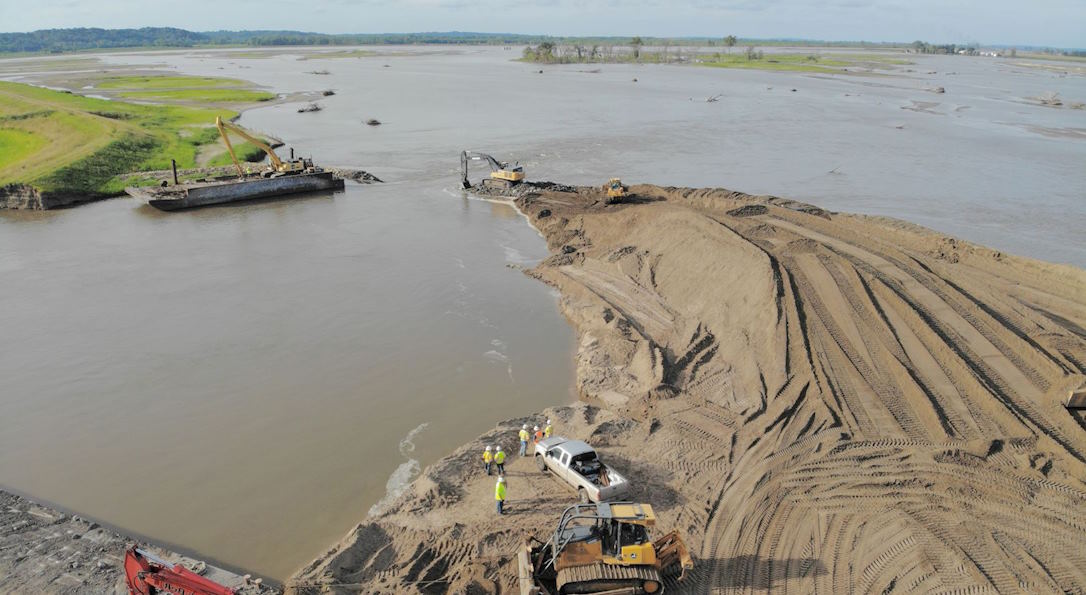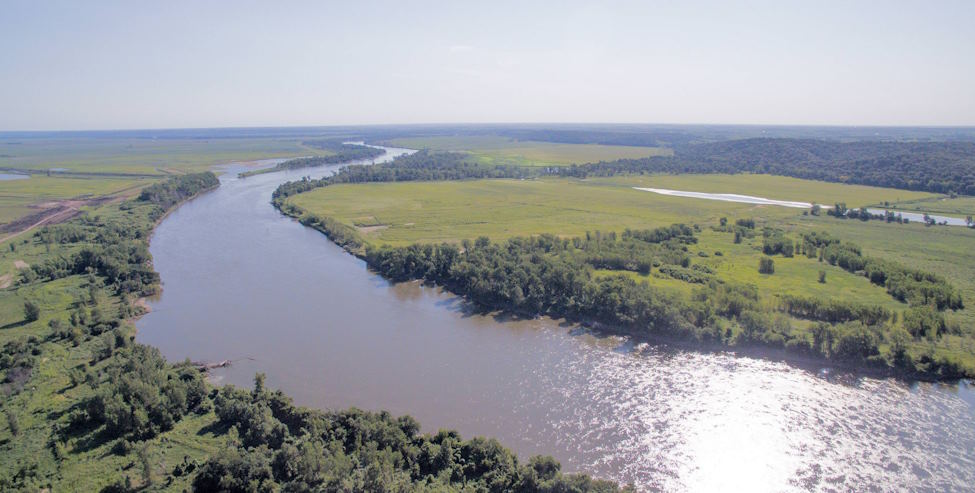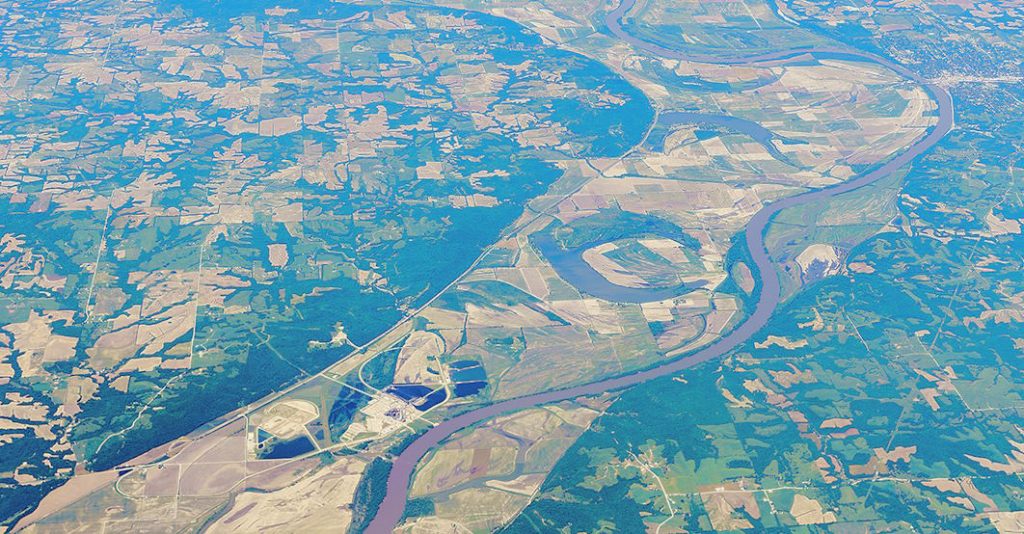The Missouri River, often referred to as the “Big Muddy,” is not just a geographical landmark in the United States but a historical and ecological treasure. While tracing the evolution of Missouri River recovery the experts come across a lot of facts to which the concept is related. Its story is one of both human engineering and natural restoration, a journey through time that reflects the evolving relationship between people and the environment.
Contact With Pre-European
The Missouri River watershed was the center of a diverse range of Native American cultures for a very long time before European invaders came to North America. The river served as a means of transit, trade, and subsistence for tribes including the Lakota Sioux, Mandan, and Arikara. The rich soil that supported a variety of ecosystems and agriculture was maintained in large part because of the river’s seasonal floods.
During the 19th century westward migration, settlers tried to use the Missouri River’s power for agriculture and transportation. The Mississippi River and the Rocky Mountains were connected by steamboats that cruised its waters. The large river, though, presented difficulties.
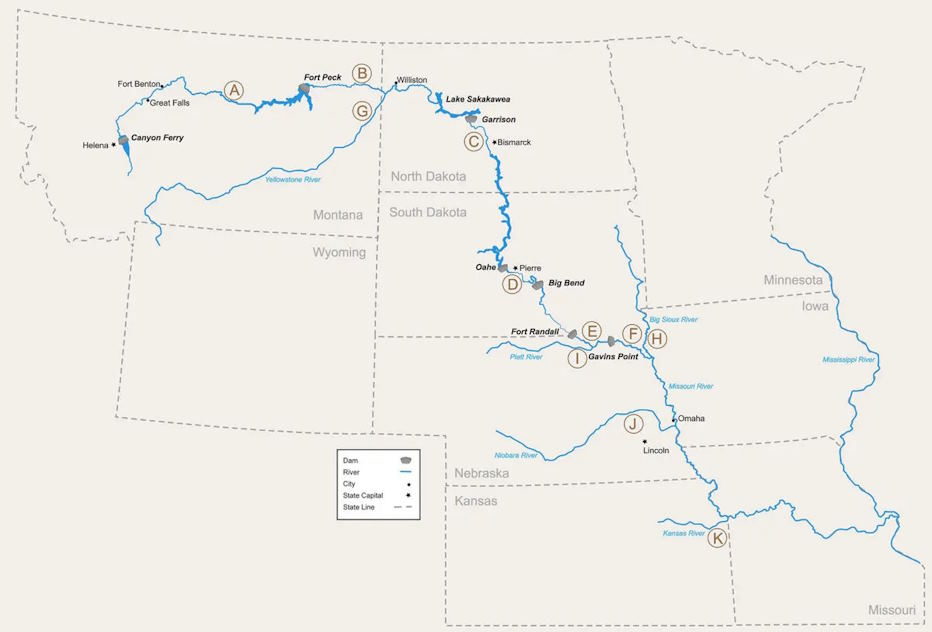
To make it more navigable, engineers constructed a system of wing dikes, revetments, and levees, which dramatically altered the river’s flow and ecology. The once meandering river was straightened and deepened, leading to increased erosion and the loss of vital habitats. While examining the transformative phases of Missouri River restoration the people come across the facts that leave them in a confusing state.
Flood And Disasters
The tampering with the river’s natural course came with unintended consequences. Periodic and devastating floods became a recurrent problem, wreaking havoc on river communities. One of the most notorious floods occurred in 1952 when a combination of factors led to catastrophic flooding, causing widespread destruction and loss of life. When you are traversing the historical landscape of Missouri River recovery the facts become so clear that you would plan to gather more details.
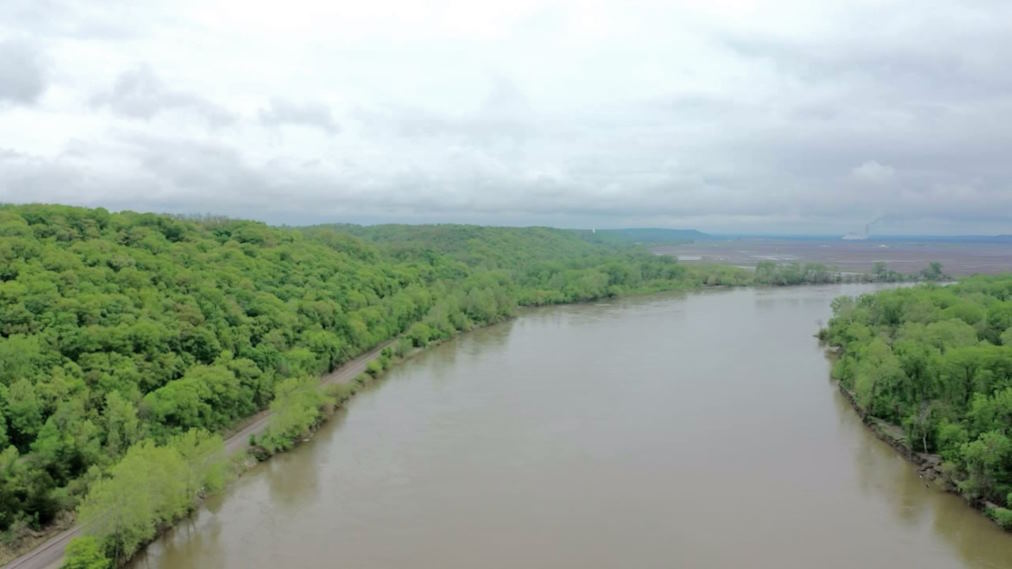
Addition Of Dams
The construction of numerous dams and reservoirs along the Missouri River was started in the middle of the 20th century as a result of these catastrophes. The Garrison Dam in North Dakota, which created Lake Sakakawea, is the largest of these dams. These dams were built with navigation, hydroelectric power production, and flood control in mind. However, because of the disruption to the river’s natural flow and the enormous expanses of fertile bottomland that were submerged during construction, there were significant ecological impacts.
New Prospect For River Restoration
In the latter part of the 20th century, as the environmental movement gained traction, there was a rising understanding of the necessity of restoring the natural balance of the Missouri River. Government organizations and conservationists both understood how crucial it was to protect indigenous species that were endangered due to the river’s altered conditions.


